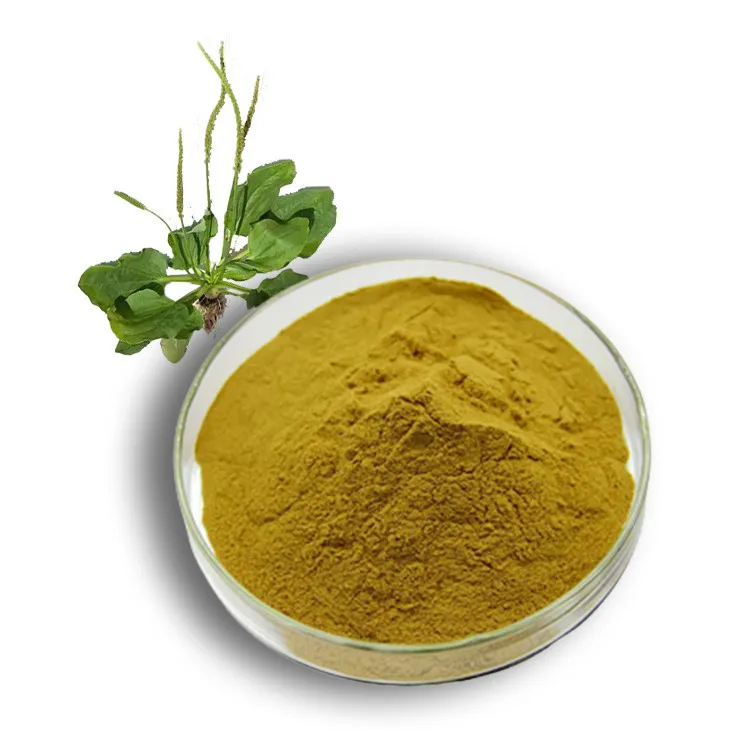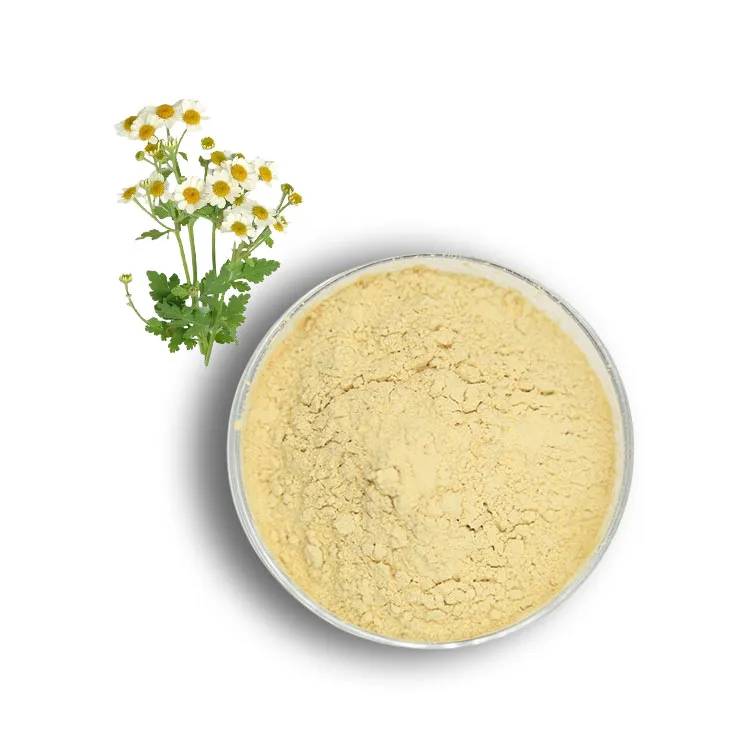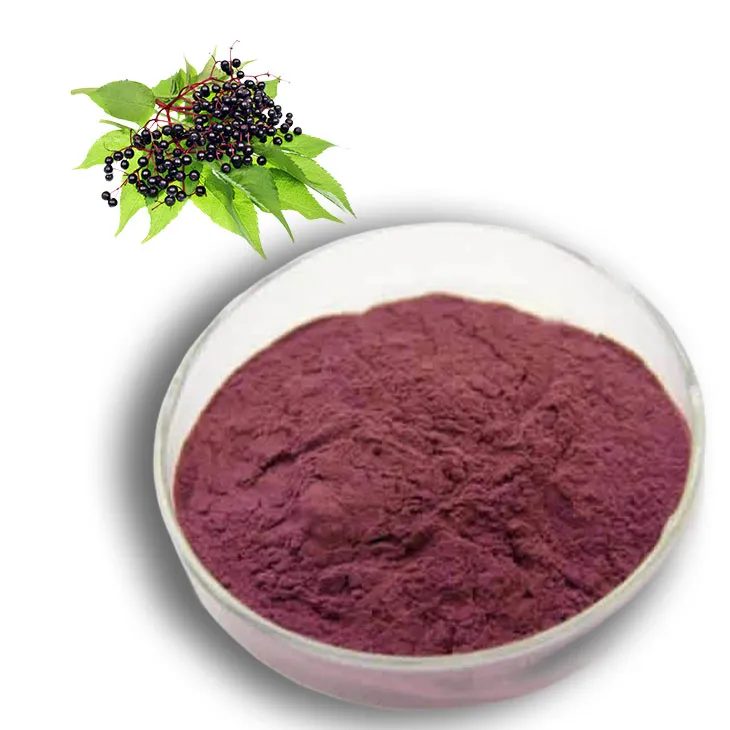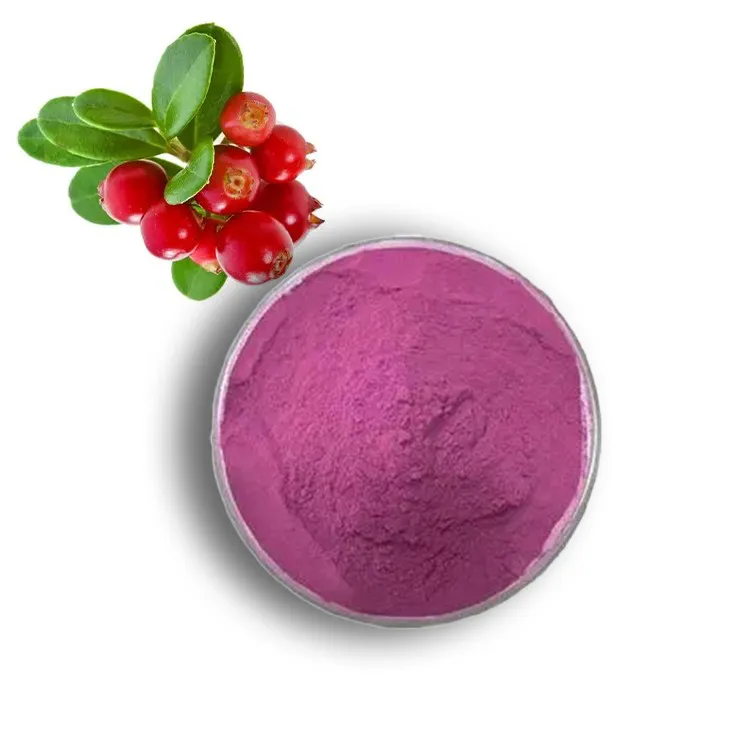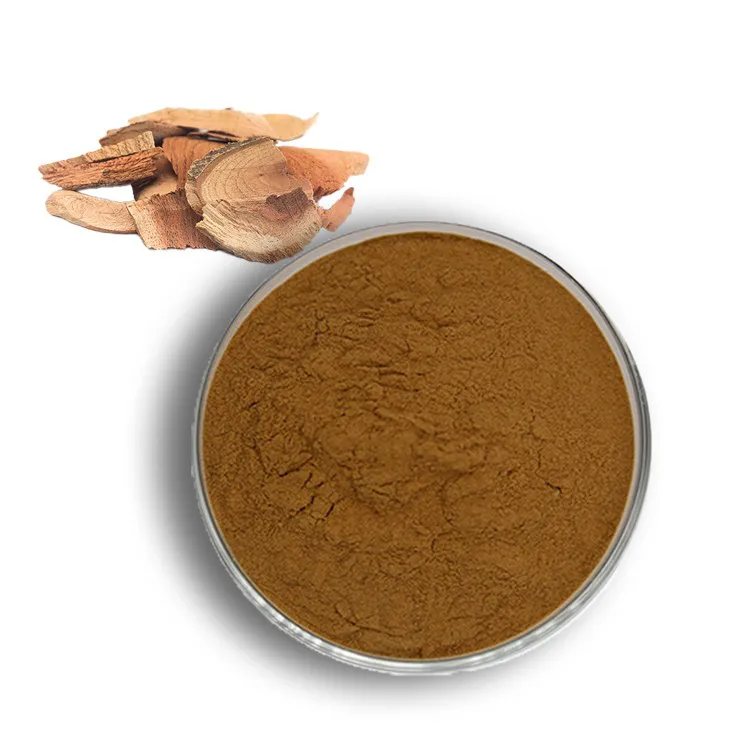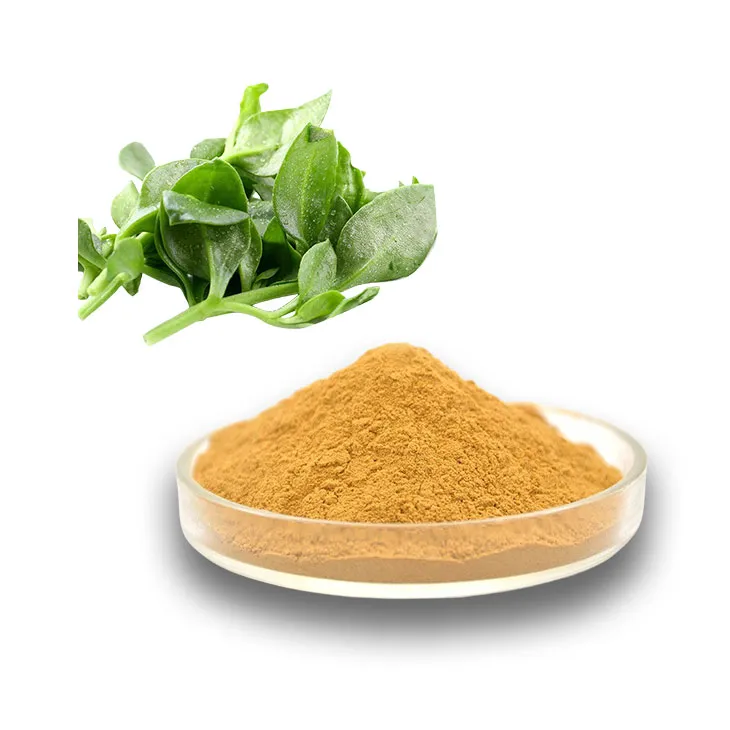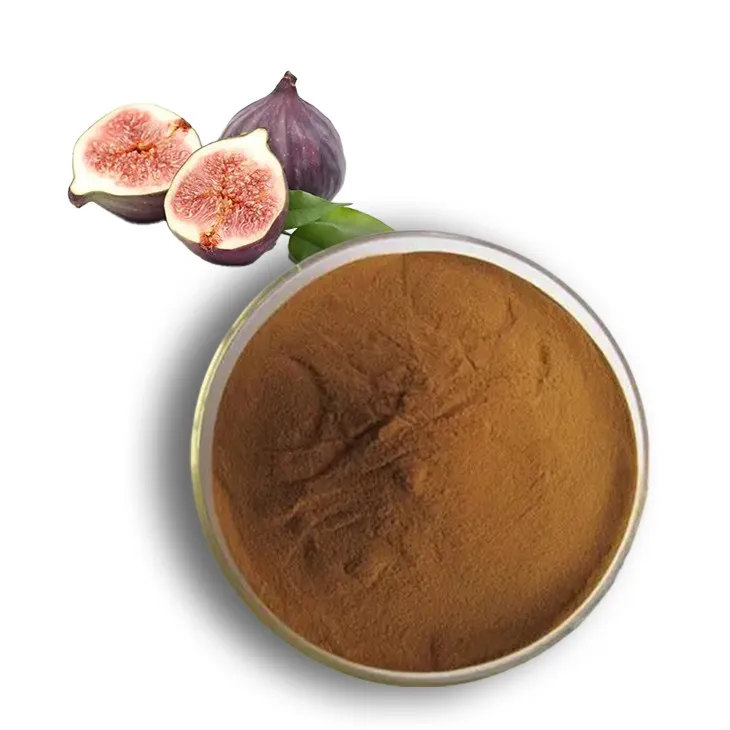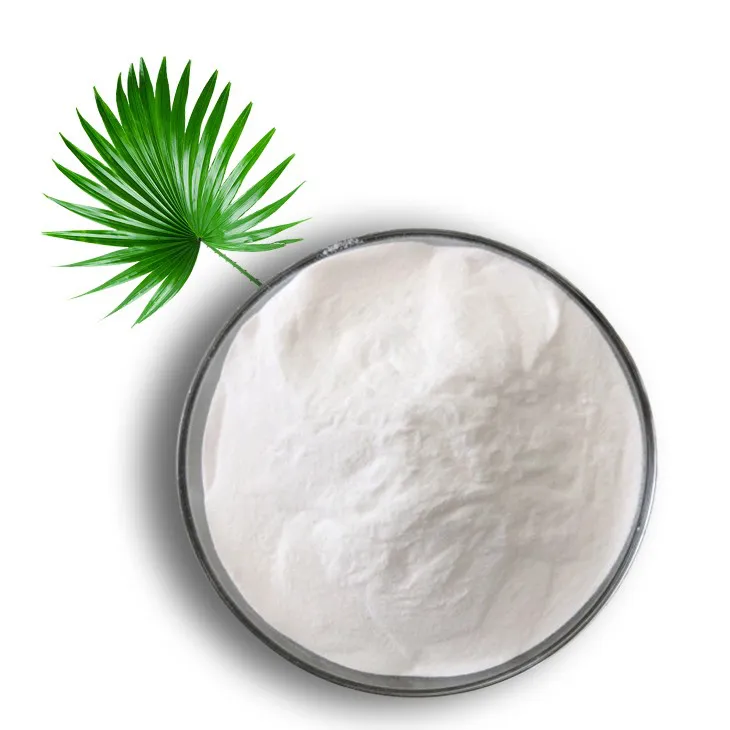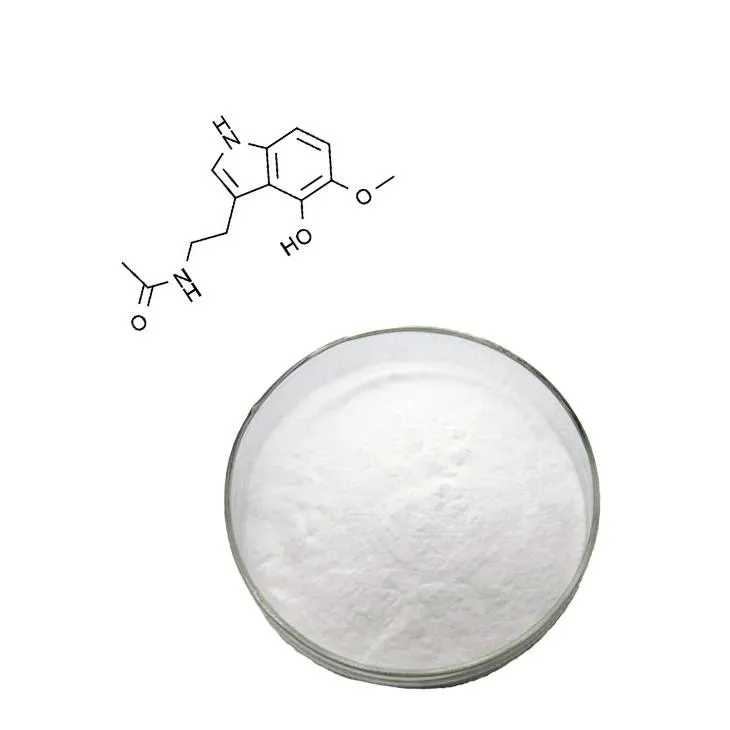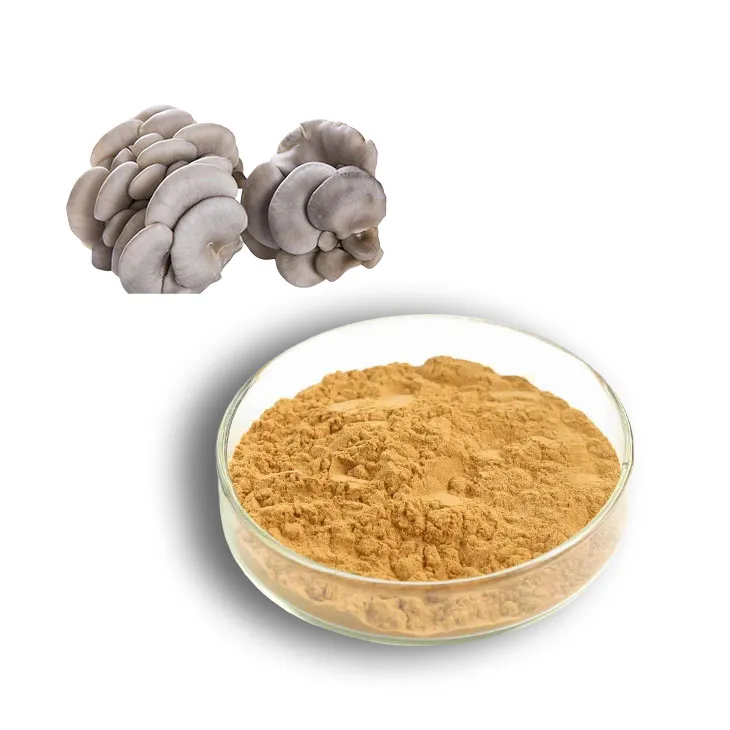- 0086-571-85302990
- sales@greenskybio.com
Moringa powder production: A complete guide for consumers and manufacturers.
2024-12-10
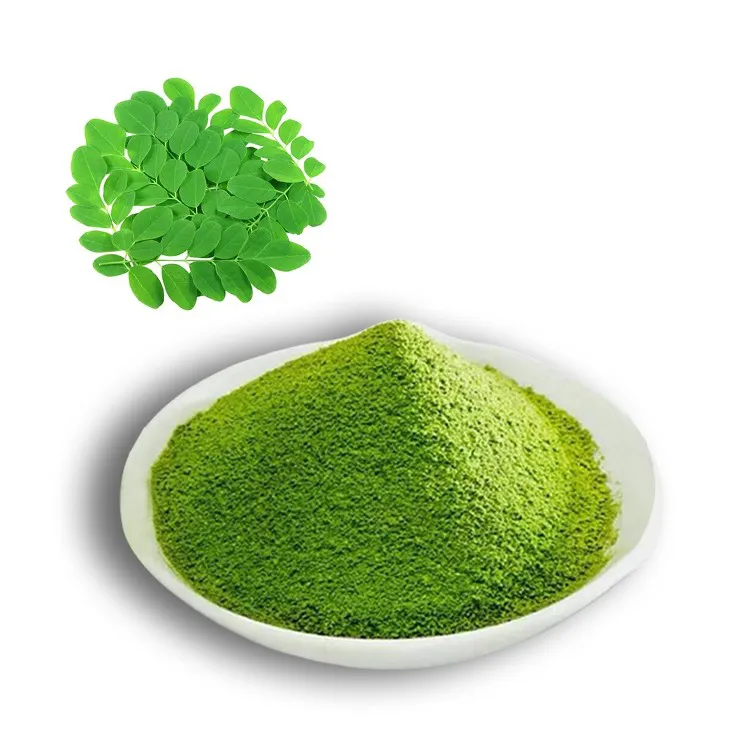
1. Introduction to Moringa
Moringa, also known as the "miracle tree," is a highly nutritious plant native to parts of Africa and Asia. It has been used for centuries in traditional medicine and as a food source. The leaves, in particular, are rich in vitamins (such as vitamin A, C, and E), minerals (including calcium, potassium, and iron), and essential amino acids. This makes moringa a valuable addition to the diet, whether in its fresh form or as a powder.
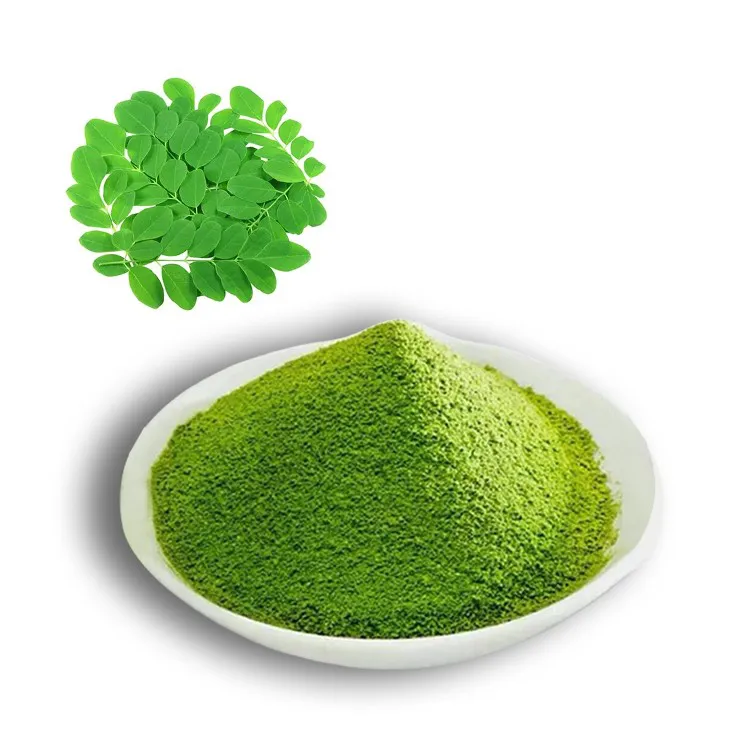
2. The Production Process of Moringa powder
2.1 Harvesting
- Moringa leaves are typically harvested when they are young and tender. This is usually 3 - 4 weeks after the new growth appears. - The harvesting is done carefully to avoid damaging the plant. Workers may use shears or simply pluck the leaves by hand. - Only healthy and pest - free leaves should be selected for further processing.
2.2 Washing
- Once harvested, the moringa leaves are thoroughly washed to remove dirt, dust, and any potential contaminants. - This can be done using clean water, and sometimes a mild detergent may be added in small quantities (if necessary) to ensure proper cleaning. However, it is crucial to rinse the leaves thoroughly to remove any detergent residue.
2.3 Drying
- There are several methods of drying moringa leaves: - Sun drying: This is a traditional and cost - effective method. The washed leaves are spread out on clean, dry surfaces in a well - ventilated area under the sun. However, this method may take longer (usually 2 - 3 days depending on the weather conditions) and there is a risk of contamination from dust, insects, or birds. - Shade drying: In this method, the leaves are dried in a shaded area. It takes a bit longer than sun drying, but it reduces the risk of over - exposure to sunlight which can cause nutrient degradation. Shade drying may take around 3 - 5 days. - Mechanical drying: For larger - scale production, mechanical dryers are used. These can control the temperature and humidity, ensuring a faster and more consistent drying process. The temperature is usually set between 40 - 60°C to preserve the nutrients in the leaves. Mechanical drying can be completed within 8 - 12 hours.
2.4 Grinding
- After the leaves are completely dried, they are ground into a fine powder. - This can be done using a mortar and pestle for small - scale production or a commercial grinder for larger quantities. - The aim is to produce a powder with a uniform texture, free from lumps.
2.5 Sieving
- Once ground, the Moringa powder is sieved to remove any large particles or debris. - A fine - mesh sieve is used to ensure that the final product has a smooth consistency.
2.6 Packaging
- The final Moringa powder is then packaged. For consumers, it can be packaged in small sachets, jars, or bags. - Manufacturers should use packaging materials that are airtight and moisture - proof to preserve the freshness and quality of the powder. - Proper labeling should also be included, indicating the product name, ingredients, nutritional information, and expiration date.
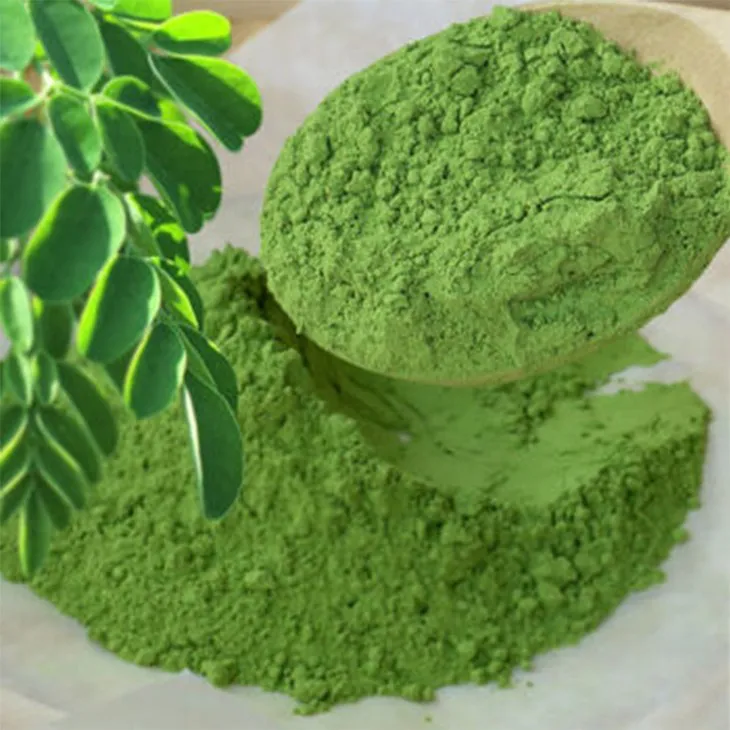
3. Benefits of Moringa Powder
3.1 Nutritional Benefits
- As mentioned earlier, moringa powder is a rich source of vitamins and minerals. It can help supplement the diet, especially for those who may have deficiencies. - The high vitamin C content in moringa powder can boost the immune system, while the iron helps in preventing anemia. - The presence of essential amino acids makes it a valuable source of protein, especially for vegetarians and vegans.
3.2 Medicinal Benefits
- In traditional medicine, moringa has been used to treat various ailments. It has anti - inflammatory properties, which can be beneficial for those with arthritis or other inflammatory conditions. - Moringa may also help in regulating blood sugar levels, making it potentially useful for diabetics. - Some studies suggest that it has antioxidant properties, which can help in fighting free radicals and reducing the risk of chronic diseases such as cancer and heart disease.
3.3 Culinary Benefits
- Moringa powder can be easily incorporated into various recipes. It can be added to smoothies, soups, stews, and baked goods. - Its mild, earthy flavor blends well with other ingredients, adding a nutritional boost without overpowering the taste of the dish.
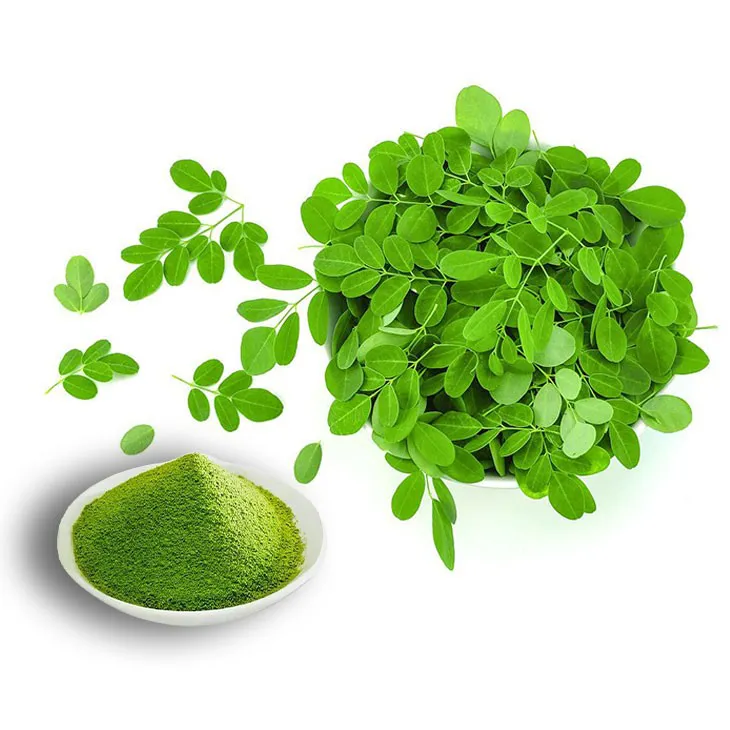
4. Considerations for Consumers
4.1 Quality and Purity
- Consumers should look for high - quality moringa powder. This means checking for products that are free from contaminants, pesticides, and other additives. - Buying from reputable brands or sources can help ensure the purity of the powder. - Certifications such as organic or non - GMO can also be an indication of a high - quality product.
4.2 Storage
- Moringa powder should be stored in a cool, dry place. Exposure to heat, moisture, and sunlight can cause the powder to degrade and lose its nutritional value. - It is best to store it in an airtight container, preferably in a pantry or cupboard away from sources of heat.
4.3 Dosage
- While moringa powder has many benefits, it is important to consume it in moderation. The appropriate dosage may vary depending on factors such as age, health condition, and individual needs. - It is advisable to consult a healthcare professional before starting to take moringa powder regularly, especially if you have any underlying health conditions or are taking medications.
5. Considerations for Manufacturers
5.1 Sourcing of Raw Materials
- Manufacturers need to ensure a reliable source of high - quality moringa leaves. This may involve establishing relationships with local farmers or suppliers. - They should also ensure that the moringa is grown in a clean and sustainable environment, free from excessive use of pesticides and fertilizers.
5.2 Production Standards
- Adhering to strict production standards is crucial. This includes following proper hygiene practices during harvesting, washing, drying, and processing. - Manufacturers should also invest in quality control equipment to monitor the quality of the powder at each stage of production. - Regular testing for contaminants, nutritional content, and microbiological safety should be carried out.
5.3 Market Demand and Competition
- Understanding the market demand for moringa powder is essential for manufacturers. They need to keep up with the latest trends in consumer preferences, such as the demand for organic or flavored moringa powder. - Competition in the moringa powder market is increasing. Manufacturers need to differentiate their products through factors such as quality, packaging, and marketing strategies.
6. Conclusion
Moringa powder production is a complex process that involves multiple steps from harvesting to packaging. For both consumers and manufacturers, there are important considerations to keep in mind. Consumers should be aware of the quality, storage, and dosage of moringa powder, while manufacturers need to focus on sourcing, production standards, and market competition. With the increasing awareness of the health and nutritional benefits of moringa, the production and consumption of moringa powder are likely to continue to grow in the future.
FAQ:
What are the main steps in moringa powder production?
The main steps in moringa powder production typically include harvesting fresh moringa leaves, carefully washing them to remove dirt and impurities, then drying them. The drying process can be either natural sun - drying or using specialized drying equipment. Once dried, the leaves are ground into a fine powder. Quality control checks may also be carried out at various stages to ensure the purity and potency of the final product.
What are the benefits of consuming moringa powder?
Moringa powder is rich in nutrients. It contains vitamins such as vitamin A, vitamin C, and various B - vitamins. It also has minerals like calcium, potassium, and iron. Additionally, it may have antioxidant properties which can help in fighting free radicals in the body. Some people also claim that it can boost energy levels, support a healthy immune system, and may have anti - inflammatory effects.
What should manufacturers consider during moringa powder production?
Manufacturers should consider the quality of the moringa source. This means using high - quality seeds or plants to ensure the final product is of good quality. They also need to pay attention to the drying and grinding processes to maintain the nutritional value of the moringa leaves. Hygiene is crucial during all production stages to prevent contamination. Additionally, following proper packaging procedures to ensure the powder's shelf - life and quality is maintained during storage and transportation.
How can consumers ensure the quality of moringa powder?
Consumers can look for products from reputable brands. They should check for proper labeling which includes information about the source of the moringa, the production process, and any certifications. Buying from trusted suppliers or stores can also be a good indicator of quality. Additionally, checking for reviews or testimonials from other consumers who have used the product can help in assessing the quality.
Is there any special equipment required for moringa powder production?
For small - scale production, basic equipment like drying racks (for sun - drying) or a simple food dehydrator can be used for drying the moringa leaves. A grinder, such as a high - quality blender or a dedicated spice grinder, is needed to turn the dried leaves into powder. In larger - scale commercial production, more specialized and industrial - grade drying and grinding equipment may be required to ensure efficiency and consistent quality.
Related literature
- The Moringa Tree: A Review of the Medical Evidence for its Nutritional, Therapeutic, and Prophylactic Properties"
- "Moringa oleifera: A Multipurpose Tree for Improving Livelihoods and Ecosystems"
- "Production and Utilization of Moringa oleifera in the Tropics"
- ▶ Hesperidin
- ▶ Citrus Bioflavonoids
- ▶ Plant Extract
- ▶ lycopene
- ▶ Diosmin
- ▶ Grape seed extract
- ▶ Sea buckthorn Juice Powder
- ▶ Fruit Juice Powder
- ▶ Hops Extract
- ▶ Artichoke Extract
- ▶ Mushroom extract
- ▶ Astaxanthin
- ▶ Green Tea Extract
- ▶ Curcumin
- ▶ Horse Chestnut Extract
- ▶ Other Product
- ▶ Boswellia Serrata Extract
- ▶ Resveratrol
- ▶ Marigold Extract
- ▶ Grape Leaf Extract
- ▶ New Product
- ▶ Aminolevulinic acid
- ▶ Cranberry Extract
- ▶ Red Yeast Rice
- ▶ Red Wine Extract
-
Plantain extract
2024-12-10
-
Feverfew Extract
2024-12-10
-
Elderberry Extract
2024-12-10
-
Europen Bilberry Extract
2024-12-10
-
Thunder God Vine Extract
2024-12-10
-
Andrographis Paniculata Extract Powder
2024-12-10
-
Fig Extract
2024-12-10
-
Saw Palmetto Extract
2024-12-10
-
melatonin extract
2024-12-10
-
Oyster Mushroom Extract Powder
2024-12-10











